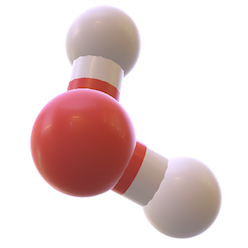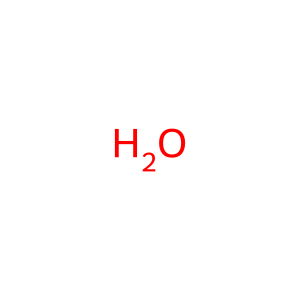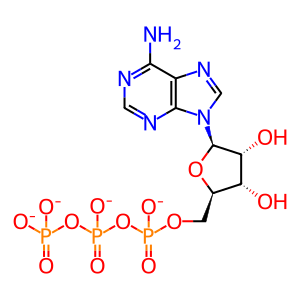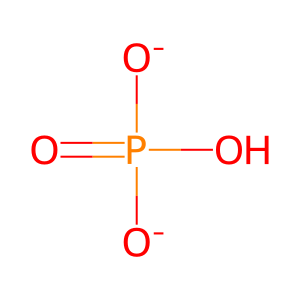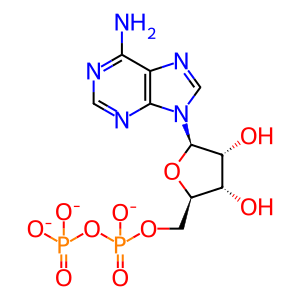Reaction: ABCB9 transports peptides from cytosol to lysosomal lumen
- in pathway: ABC-family proteins mediated transport
ATP-binding cassette sub-family B member 9 (ABCB9, aka lysosomal ABC transporter associated with antigen processing-like, TAPL) is a homodimeric ATP-dependent low affinity peptide transporter (Wolters et al. 2005), localised on the lysosomal membrane (Zhang et al. 2000). It is able to transport a broad spectrum of peptides (from 6mer up to at least 59mer peptides, optimum of 23mers) from the cytosol to the lysosomal lumen. ABCB9 favours positively charged, aromatic or hydrophobic residues in the N- and C-terminal positions whereas negatively charged residues and asparagine and methionine residues are not favoured (Wolters et al. 2005, Demirel et al. 2007, Zhao et al. 2008). The reaction described here shows the transport of the optimum 23mer peptide.
Reaction - small molecule participants:
Pi [cytosol]
ADP [cytosol]
H2O [cytosol]
ATP [cytosol]
Reactome.org reaction link: R-HSA-5223317
======
Reaction input - small molecules:
water
ATP(4-)
Reaction output - small molecules:
hydrogenphosphate
ADP(3-)
Reactome.org link: R-HSA-5223317
